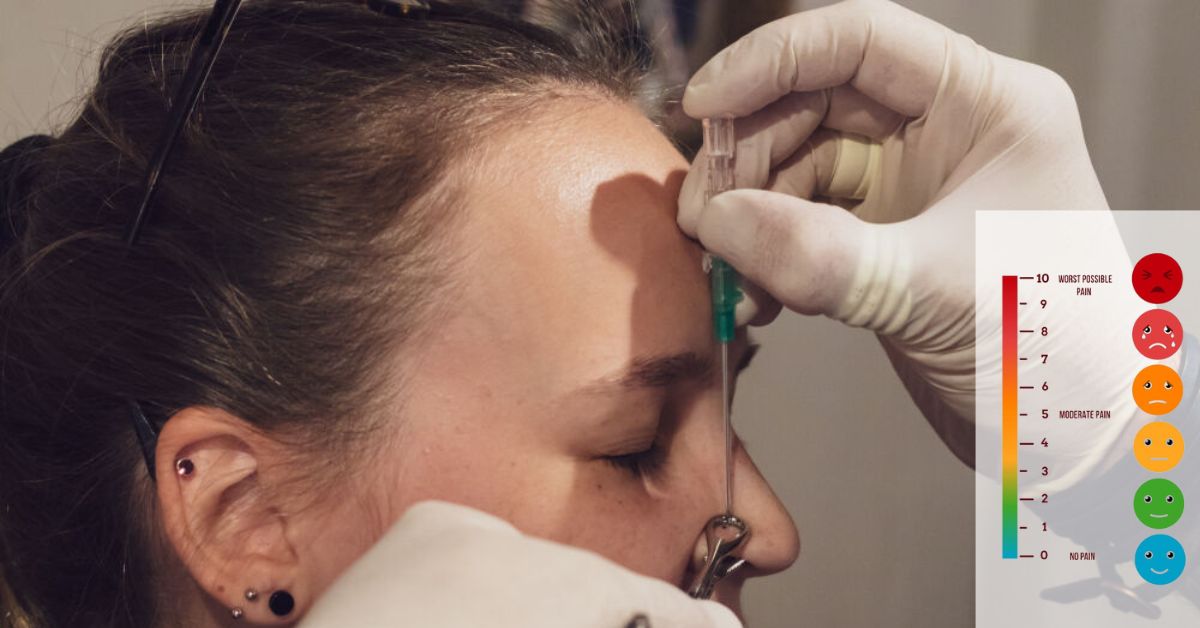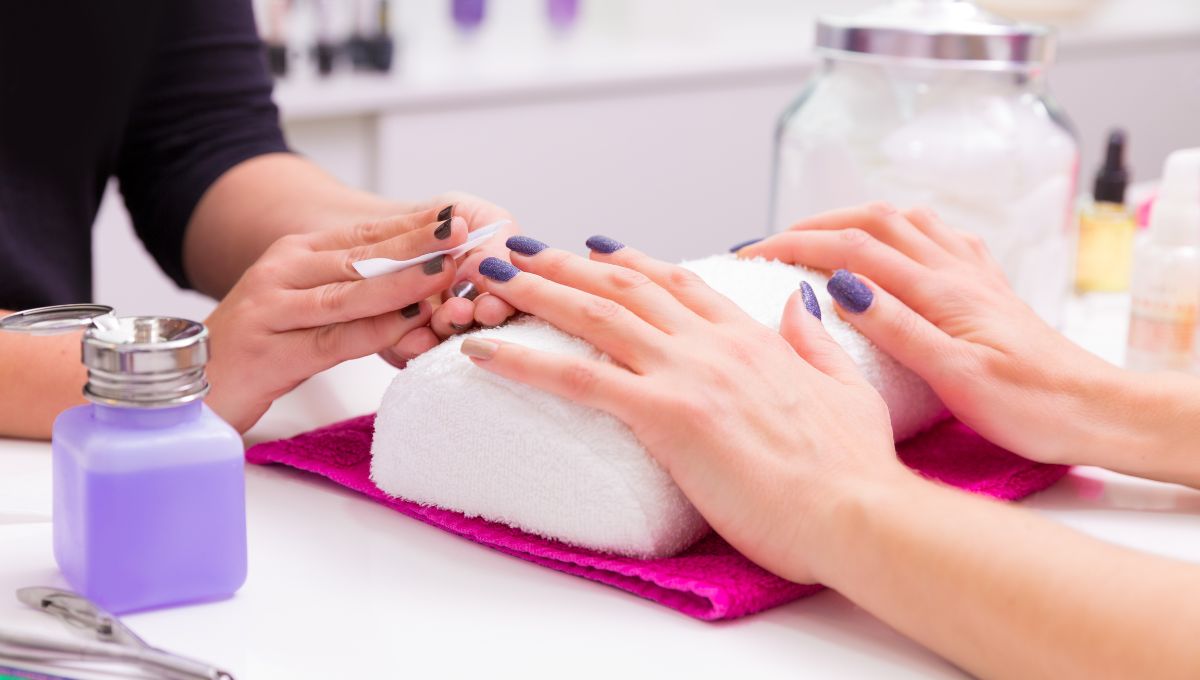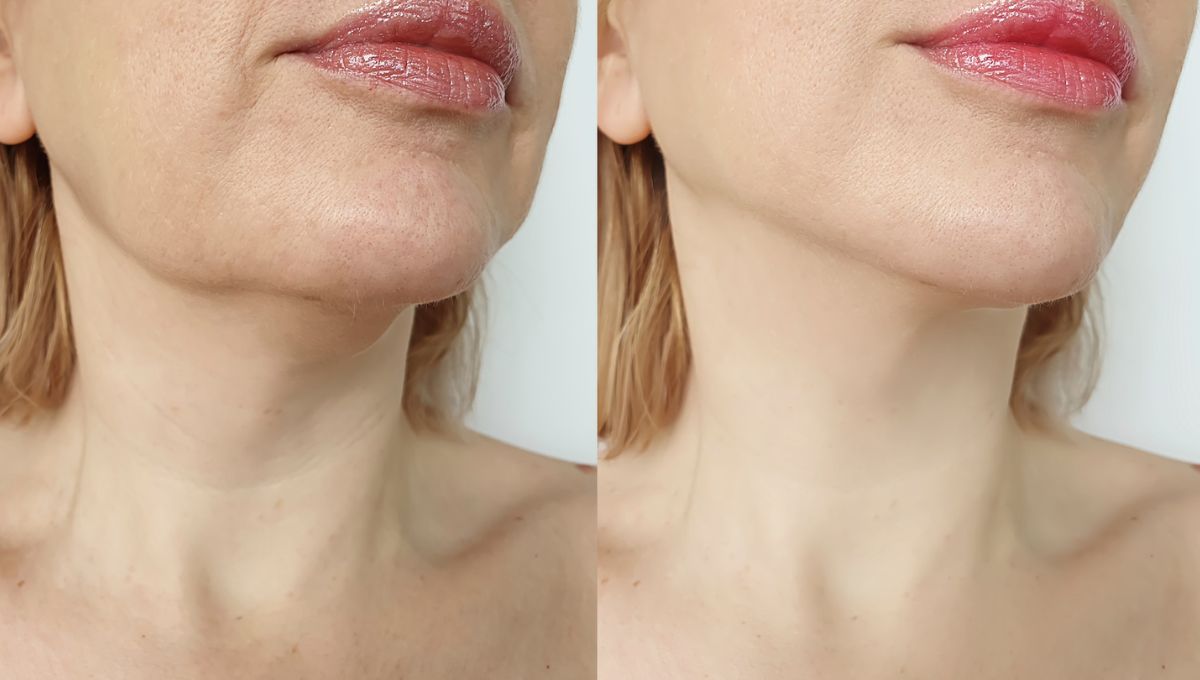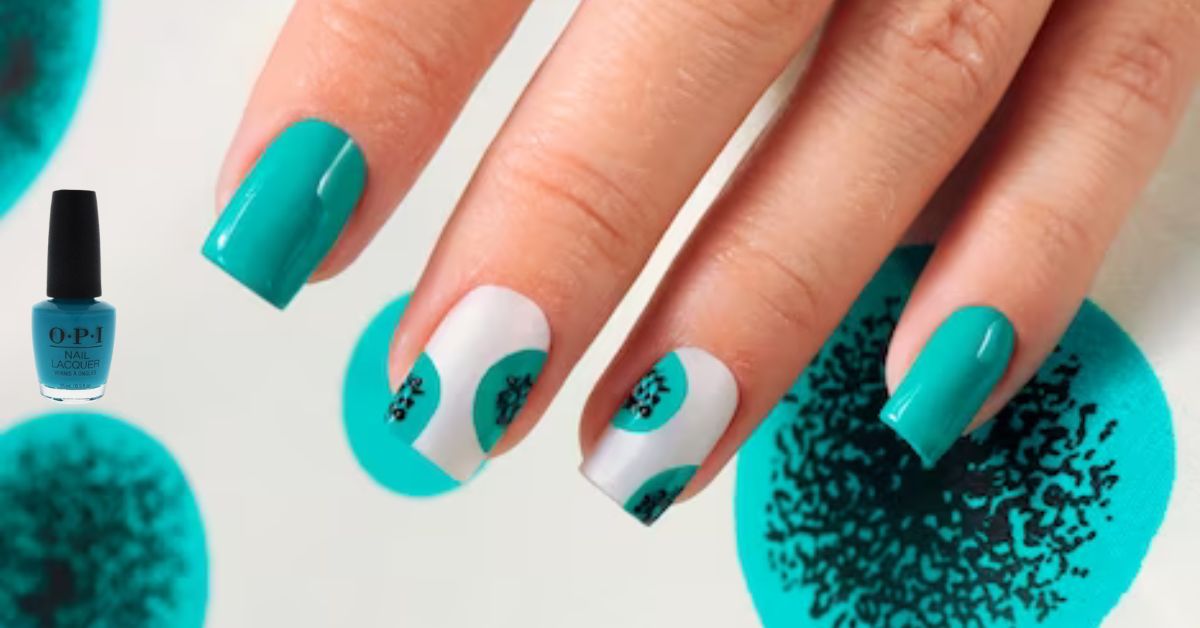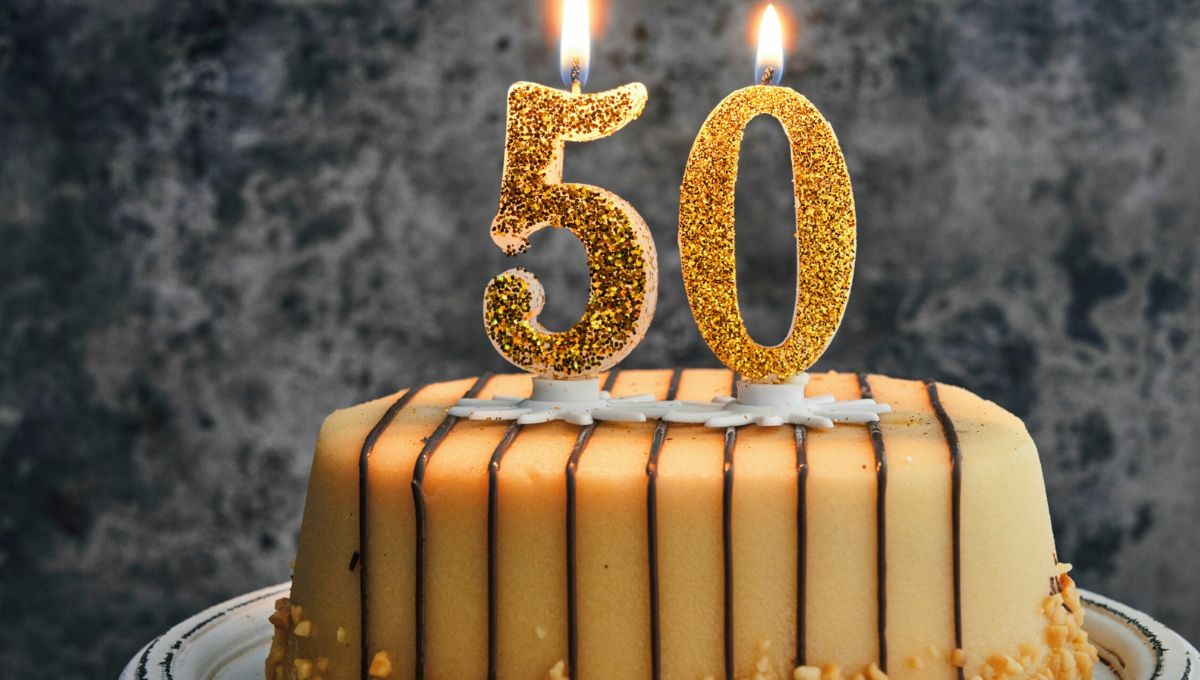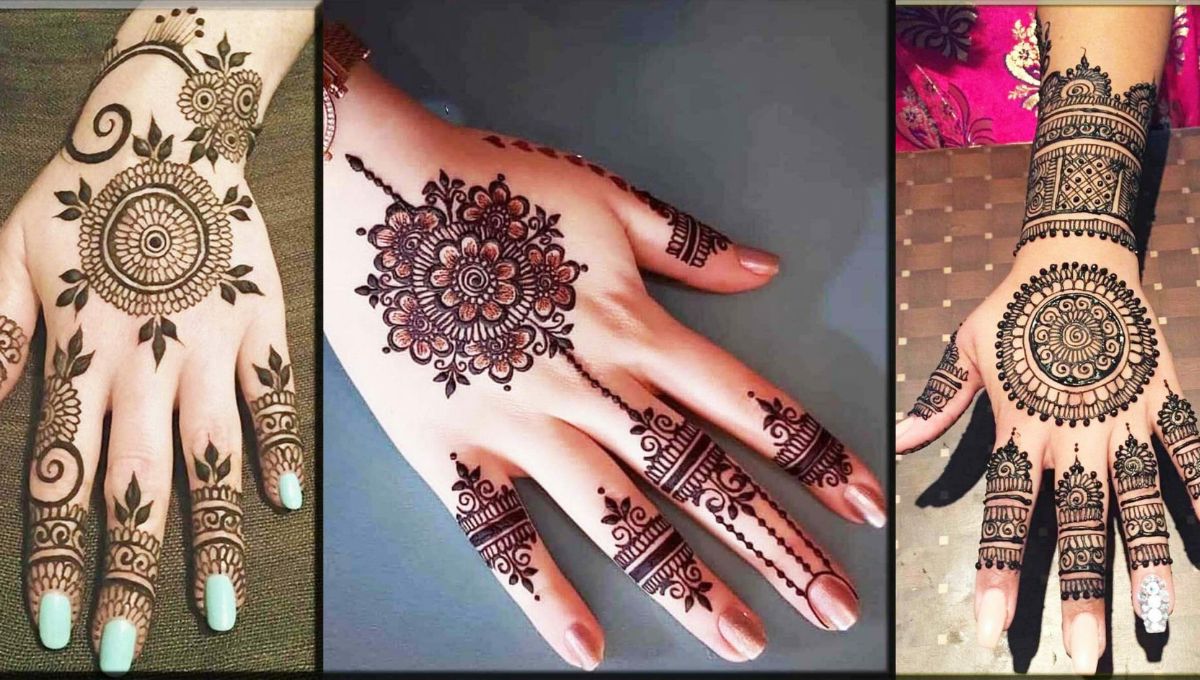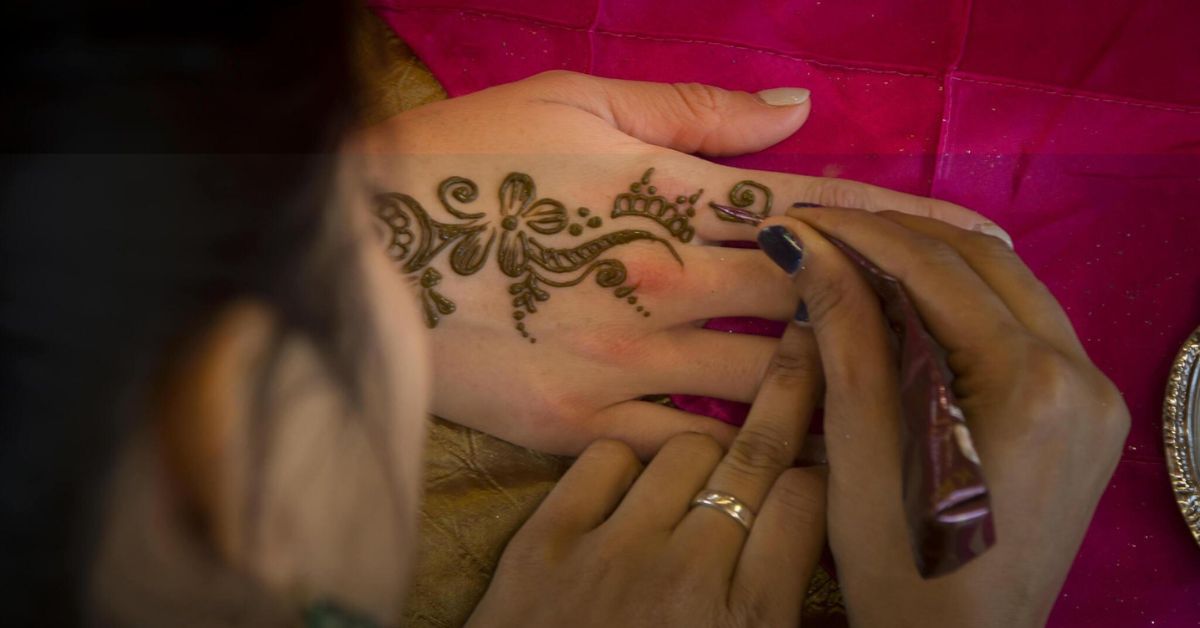Nose piercing is a popular form of the self-expression but many people have the fear of pain. If you are going to rate nose piercing pain scale 1-10 then it might sound subjective to you. The type of nose piercing you opted for is crucial to determine the level of pain involved to make the informed decision.
While certain piercings may be more uncomfortable, it’s important to note that not all piercings result in severe pain. In recent times, septum piercing has gained popularity as a trendy form of self-expression. Before dismissing the idea due to concerns about pain, it’s advisable to conduct thorough research and understand the specifics of nose piercing pain scale 1-10. This comprehensive guide will provide detailed insights into the pain scale associated with nose piercing and other essential information to assist you in making an informed decision.
Without further ado let’s jump into the details of piercing to comprehend the nose piercing pain scale 1-10.
Grading the Discomfort: Nose piercing Pain Scale 1-10
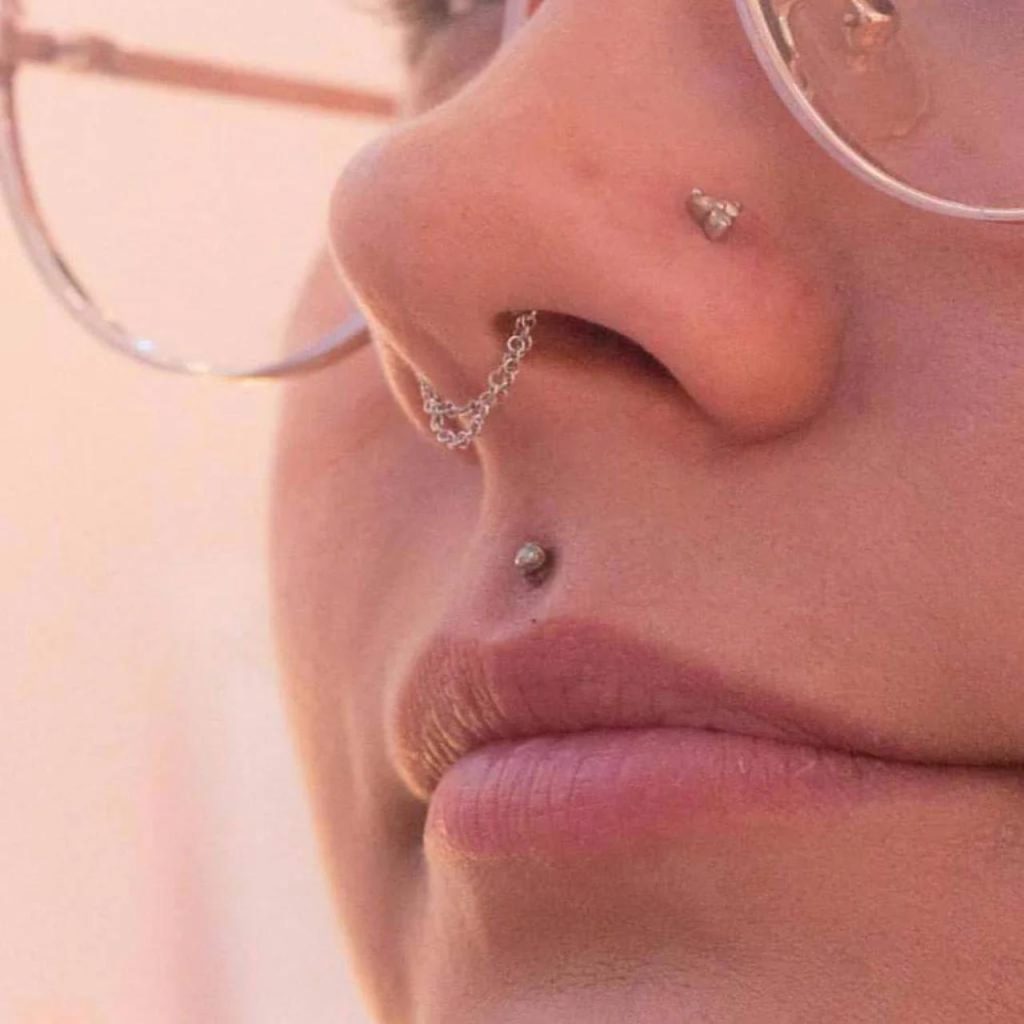
The pain scale is usually determine as the level of the pain one can endure and feel. On nose piercing pain scale 1-10, you cannot just draw a single conclusion on a single experiment. On the pain scale if someone feel small amount of pain then it can be 1-2 on the scale while if the pain is unbearable then it might be in the range of 9-10. The pain scale parameter is used majorly in medical studies to understand the level of pain for different medical treatments. Moreover you can use the pain scale measurement indicator to get an idea about how painful it is to get the nose piercing.
Do some nose piercing hurt more than the others?
The nose piercing pan scale 1-10 also varies according to the types of nose piercing. But generally the nose piercing that are painful than the others are the following:
- Traditional nose piercing
- Septum piercing with center placements
- High nostril piercing
The traditional nostril is one of the easy piercing to get done and heal over time. Septum piercing or high nostril piercing can be complex and tend to swell for week to months. These piercing are only recommended for people who have experience with body piercing.
Although everyone has different thereshold of pain but nose piercing is associated with the minor discomfort. According to majority of the individuals who go for nose piercing, on a nose piercing scale 1-10, the pain level is three to four. Most of the individuals describe their experience in a way that for few moments the eyes will water as the nose bone is connected to various sensory nerves. While others say that the pain will subside in few days until you follow proper aftercare piercing guidelines. The pain for Ashley piercing also varies from individual to individual and the type of stud you have chosen after piercing.
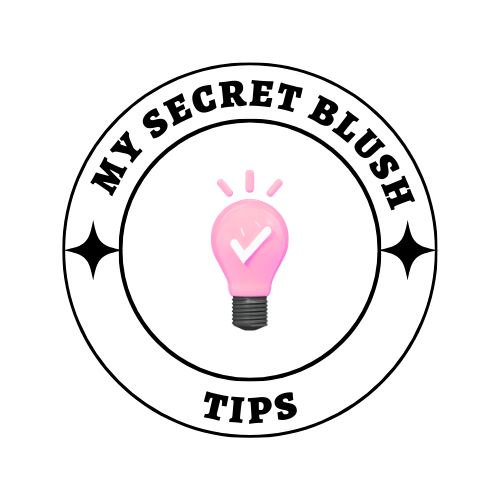
Do not snack your nose piercing with a T-shirt , washcloth, or other harsh stuff , be extra mindful about nose piercing care.
Which kind of metal should I use after nose piercing?
For piercing, it is recommended that the jewelry should be made from any of the following metals
- Implant-grade steel
- Implant-grade titanium
- 14-18 Karat Gold
- Platinum
- Niobium
It is important to beware of the misleading term “surgical steel” which is not the same as the implant grade steel. The lower price might feel tempting at this stage but make sure that use high-quality and safe material.
Tips to Reduce Nose piercing pain

Nose piercing can be mild or severe that is depending on the nose piercer skill level. Moreover the pain tolerance and location of piercing matters a lot. For the nose piercing pain scale 1-10, if you feel greater pain you can reduce it by doing the following steps.
Proper nose care after piercing
The proper care is integral to prevent the tissue for damaging. The piercer should advice to take care of the piercing in the following ways:
Clean the piercing area with saline water twice a day.
Don’t remove the jewelery after nose piercing until it gets healed properly which may take a duration of 4-6 months.
Covering the nose piercing with a waterproof dressing to prevent the direct contact with the bacteria.
Avoiding the contact with the jewelry while you get dressed.
Don’t use lotions, cosmetics and hair care products.
Cold Compress
Using cold compress is a beneficial method for alleviating discomfort associated with nose piercings. To reduce the inflammation, swelling, and pain at the piercing site, apply a cold compress.
The procedure to do cold compress is very simple. Wrap an ice pack in a cloth or use ice cubes and gently press the cold compress against the nose for 10-15 minutes. Take short breaks and repeat this process multiple times throughout the day. Avoid direct application of cold to the piercing to prevent any adverse effects on the skin.
Use hypoallergenic jewelry
The nose piercing pain scale 1-10 can be worst as people are allergic to certain metals such as alloy and nickel. When you see rash on the skin or piercing feel sore for a long duration of time, this is an indication of allergy. Try to instantly replace the jewelry with hypoallergenic jewelry that will not react with the body.
The reputable piercers use the jewelry made from the appropriate materials such as steel or titanium to soothe the skin. If you feel like the nose piercing pain scale 1-10 exceeds the limit of 10, consult the doctor for medical advice.
Saltwater Solution
To reduce the nose piercing pain, it is advisable to use a saline solution. This should be performed 2-4 times a day along with other proper aftercare measures. Make that the piercing part remains fully immersed in the solution for 7-10 minutes.
If you want nose piercing pain scale 1-10 to stay below 5 utilize a packaged sterile saline solution. Soaking the piercing in saline not only eases pain but also accelerates the healing process and also causes reduction in the discomfort.
Chamomile Tea Bag
To reduce nose-piercing discomfort, chamomile tea serves as a natural remedy. Prepare chamomile tea by steeping it for 3 to 5 minutes and cool it down. Subsequently, immerse a paper towel in the solution and gently apply it to the piercing for about 5 to 10 minutes.
Sustain warmth by consistently using a fresh piece of paper towel throughout the procedure. The inherent anti-inflammatory properties of chamomile work to soothe the skin.
Frequently Asked Questions
How much out of 10 does nose piercing hurt?
On a nose piercing pain scale 1-10, the pain level ranks 6 or 7 out of 10 varying from one person to person.
What is the nose piercing pain equivalent to?
The pain you bear on nose piercing pain is equivalent to the eyebrow wax procedure or getting a shot done. The pain is a combination of mild and sharp pressure but it gets over in a small duration of time.
How can I make nose piercing less painful?
There are a plethora of things you can do to make sure that the nose piercing experience is less painful. For starters, it’s great advice that go for nose piercing with an empty stomach or after drinking a lot of caffeine. Moreover, it is best that avoid the use of alcohol before you go for nose piercing.

